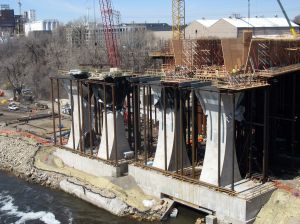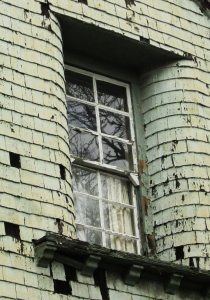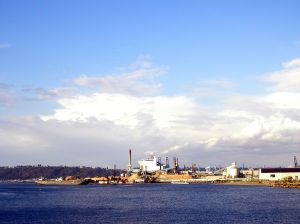Many occupational diseases are not diagnosed until many years after a worker is no longer employed in the industry wherein he or she was exposed to toxic substances.

We see this very commonly in asbestos litigation, though it is also apparent in cases involving exposure to silica. Both substances cause types of occupational lung disease either through a single severe exposure or repeated, extended exposure. While asbestos is associated with asbestosis and mesothelioma, silica is associated with silicosis and lung cancer.
Per the American Lung Association, silicosis is a disabling, dust-related illness caused by exposure to and inhalation of airborne crystalline silica. It’s often found in mines, foundries, blasting operations and manufacturers of stone, clay and glass. Similar to the physiological damage done by asbestos, silica penetrates the respiratory system and causes scar tissue to develop around the lungs, ultimately impairing the exchange of oxygen and carbon dioxide in the blood.
Continue reading
 Mesothelioma Lawyers Blog
Mesothelioma Lawyers Blog










